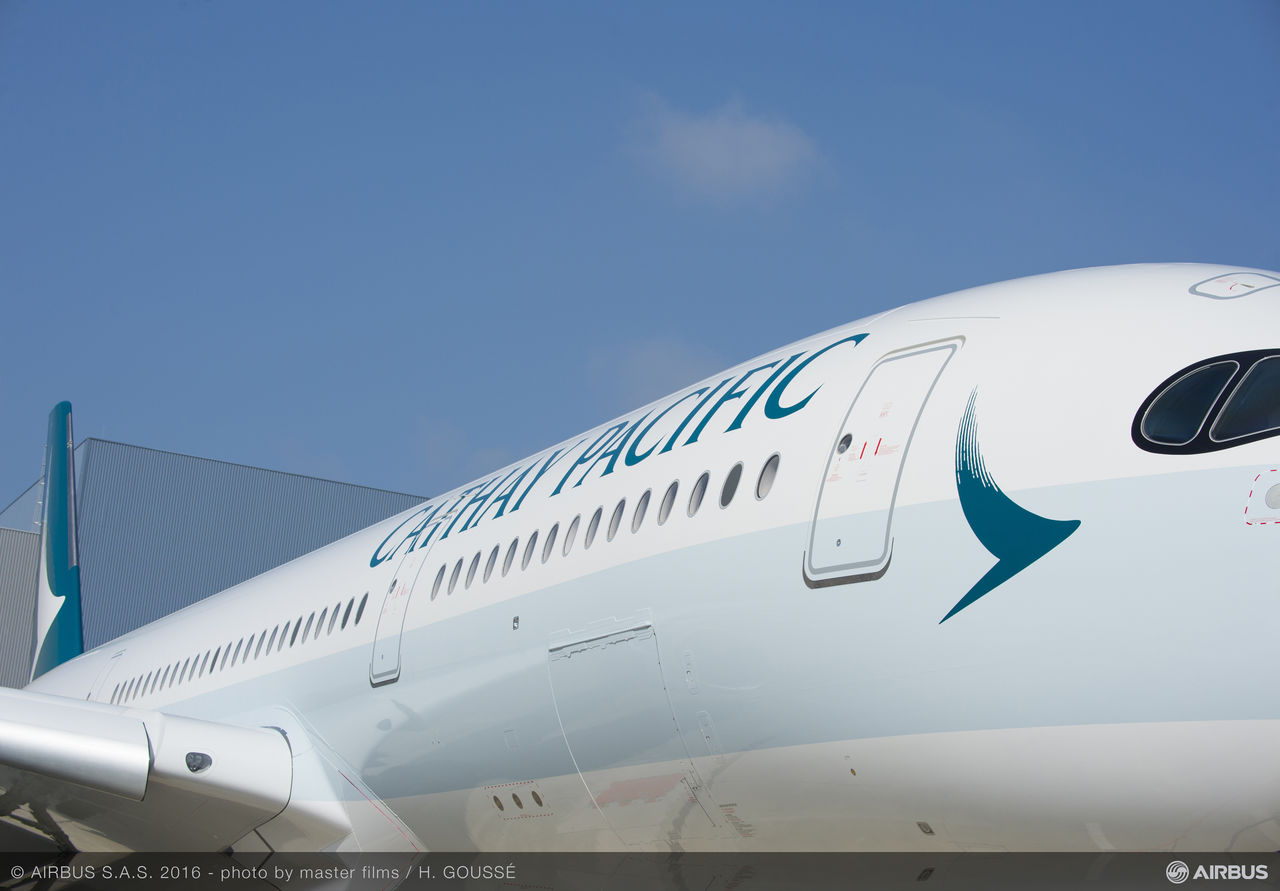
Cathay Pacific Airways released combined Cathay Pacific and Cathay Dragon traffic figures for January 2017 that show an increase in both the number of passengers carried and the volume of cargo and mail uplifted compared to the same month in 2016.
Cathay Pacific and Cathay Dragon carried a total of 2,966,845 passengers in January 2017 – an increase of 2.4 percent compared to January 2016. The passenger load factor increased to 86.5 percent, while capacity, measured in available seat kilometres (ASKs), grew by 1.3 percent.
The two airlines carried 151,133 tonnes of cargo and mail last month, an increase of 2.3 percent compared to January 2016. The cargo and mail load factor rose by 0.3 percentage points to 61.9 percent. Capacity, measured in available cargo/mail tonne kilometres, was up by 0.5 percent while cargo and mail revenue tonne kilometres (RTKs) increased by 1 percent.
Cathay Pacific general manager revenue management Patricia Hwang said: “Helped by strong return traffic following the Christmas and New Year holidays, our business began positively in January with a healthy growth in passenger volumes. Our short-haul routes were buoyed by pre Chinese New Year demand and we operated additional flights to cater for the holiday demand. Northeast Asia routes, particularly Sapporo in Japan, performed well. However, given the earlier than-normal start to the lunar holiday, year-on-year comparison figures are subject to distortion. Yield continues to come under considerable pressure due to intense competition and adverse currency movements. We announced the launch of a seasonal service to Barcelona this summer, which we expect will prove popular with the travelling public.”
Cathay Pacific general manager cargo sales & marketing Mark Sutch said: “We got off to a solid start in 2017. Tonnage grew ahead of capacity and showed an increase over the same month last year. We saw a good rebound in demand from Hong Kong, Mainland China and various key Asian markets. Yield was sustained through a better mix of priority and special shipments. There was also robust demand for fresh produce and seafood across the network. We operated a number of extra-sector freighters to the Americas, Europe and India in January, while cutting back on capacity in February to adapt to Chinese New Year’s January start.”







